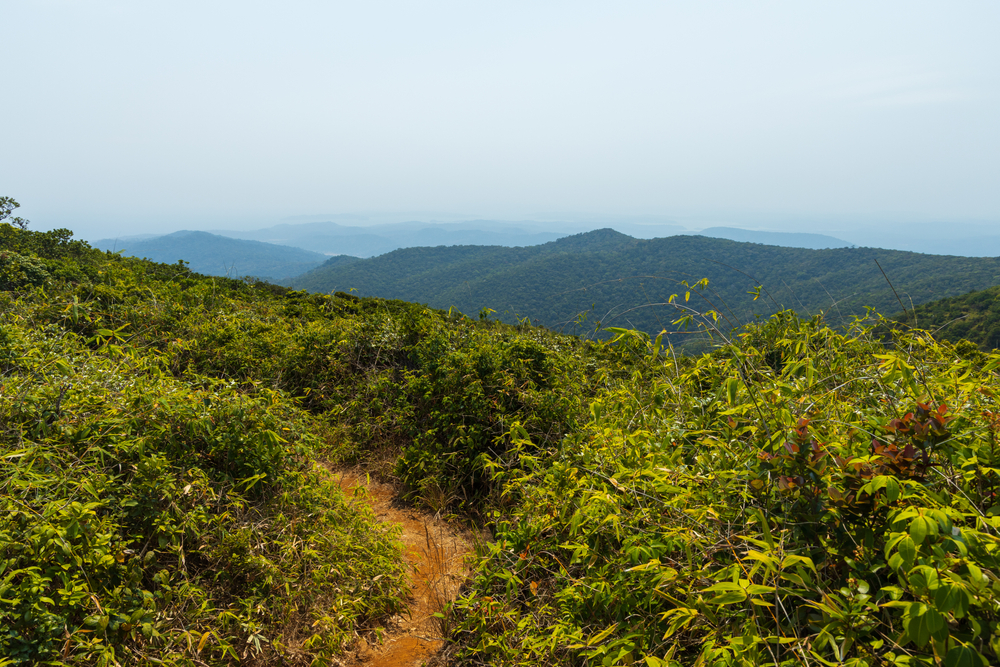Saddle Peak Overview
Saddle Peak National Park, located in the northern part of North Andaman Island in the Andaman and Nicobar Islands of India, is a striking example of tropical biodiversity. Known locally as “Saddle Peak,” this national park spans approximately 13.75 square miles (35.6 square kilometers) and is named after the highest point in the Andaman archipelago, Saddle Peak, which rises to 2,418 feet (738 meters). The park is a haven for nature enthusiasts, offering a mix of pristine beaches, dense tropical rainforests, and diverse ecosystems that are unique to this remote region of the Indian Ocean.
The terrain of Saddle Peak National Park is defined by its rugged mountain slopes, lush valleys, and numerous freshwater streams that wind through the rainforest. The park’s vegetation is dominated by evergreen and semi-evergreen forests, with towering dipterocarp trees, a wide variety of orchids, and dense undergrowth creating an awe-inspiring canopy. The park also boasts mangroves along its coastal edges, providing a crucial buffer against the sea. Key geographic features include Saddle Peak itself, a challenging yet rewarding trek for adventurers, and the picturesque Kalpong River, which is the only perennial river in the Andaman Islands.
The wildlife in Saddle Peak National Park is as remarkable as its landscapes. The park is home to several endemic and rare species, including the Andaman wild pig, a critically endangered mammal, and the Andaman hill myna, known for its striking black plumage and bright yellow wattles. Visitors might also encounter saltwater crocodiles basking near the coastal areas or catch sight of butterflies like the Andaman crow and the Andaman Mormon. Birdwatchers can delight in spotting species such as the Andaman woodpecker, Andaman coucal, and white-headed starling. The park’s waters are teeming with marine life, and sightings of sea turtles and colorful reef fish are common near the coastal fringes.
Visitors to Saddle Peak National Park often come to enjoy its serene beauty and outdoor activities. The trek to Saddle Peak is a highlight, offering panoramic views of the island and the ocean beyond. Snorkeling and diving opportunities near the coastal areas allow visitors to explore the rich marine biodiversity. The park also provides a tranquil environment for photography, birdwatching, and nature walks, making it a destination for both adventure seekers and those looking to relax in a natural paradise.
Conservation efforts in Saddle Peak National Park have focused on preserving its unique ecosystems and protecting endangered species. However, challenges such as habitat degradation, invasive species, and the impacts of climate change remain significant concerns. Collaborative efforts between the Indian government and local communities have led to notable successes, including the restoration of mangrove habitats and increased awareness of the importance of sustainable tourism practices. These efforts ensure that the park continues to be a sanctuary for both wildlife and visitors seeking to connect with nature.










































































